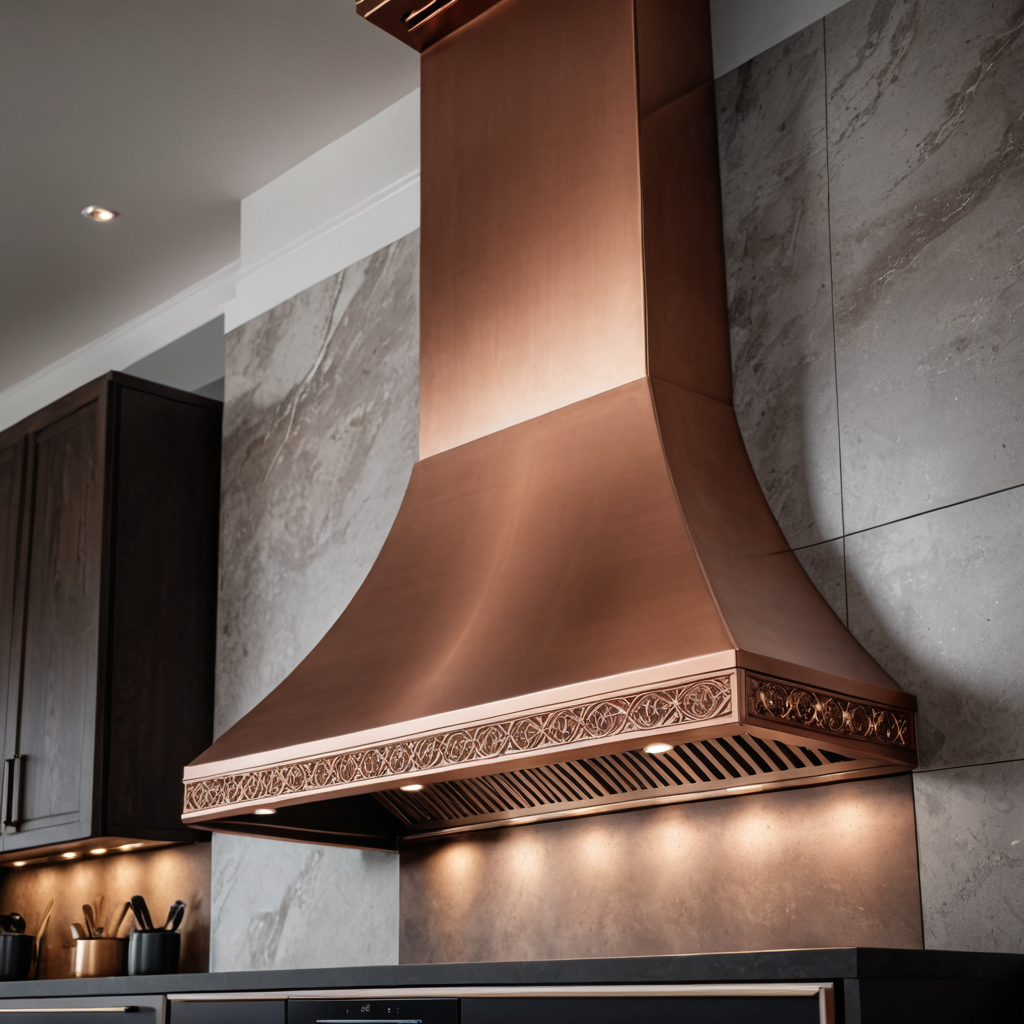
Proper kitchen ventilation is essential for maintaining a healthy and comfortable indoor environment, as cooking activities can generate a variety of pollutants, odors, and moisture that can impact air quality and overall well-being. Effective kitchen ventilation systems help remove cooking byproducts, prevent the buildup of harmful contaminants, reduce excess humidity, and promote better indoor air quality. In this article, we will explore the importance of proper kitchen ventilation and discuss the types of ventilation systems available to help you create a cleaner, fresher, and more enjoyable cooking space.
Importance of Proper Kitchen Ventilation:
1. Removal of Cooking Byproducts: Cooking processes, such as frying, grilling, and baking, can produce smoke, grease, and airborne particles that can linger in the air and settle on surfaces without adequate ventilation. A well-designed ventilation system helps capture and remove these cooking byproducts, preventing them from accumulating and affecting indoor air quality.
2. Odor Control: Strong cooking odors from spices, ingredients, and food preparation can permeate the air and linger in the kitchen and adjacent living spaces. Proper ventilation helps exhaust odors to the outdoors, reducing unpleasant smells and maintaining a fresh and inviting atmosphere in your home.
3. Moisture Management: Cooking activities generate steam and moisture, which can lead to condensation on surfaces, mold growth, and potential water damage if not properly ventilated. Effective kitchen ventilation systems help control humidity levels, prevent moisture buildup, and protect your home from issues related to excess dampness.
4. Health and Comfort: Poor indoor air quality in the kitchen can contribute to respiratory issues, allergies, and discomfort for occupants. By installing adequate ventilation, you can enhance air circulation, reduce pollutants, and create a healthier environment for cooking, dining, and living in your home.
Types of Kitchen Ventilation Systems:
1. Range Hoods: Range hoods are common ventilation devices installed above cooktops and stoves to capture and remove cooking fumes, smoke, and odors. They come in various styles, including ducted (vented to the outdoors) and ductless (recirculating air through filters) options, with features such as adjustable fan speeds, lighting, and grease traps.
2. Over-the-Range Microwaves: Some microwave ovens are equipped with built-in ventilation systems that function as range hoods to exhaust cooking emissions and steam. These combined units offer space-saving benefits and dual functionality for cooking and ventilation needs.
3. Downdraft Ventilation: Downdraft ventilation systems are integrated into cooktops or ranges and retract when not in use, rising to capture cooking byproducts directly from the cooking surface. They provide a sleek and unobtrusive option for kitchen ventilation, especially in settings where traditional range hoods may not be feasible.
4. Ceiling-Mounted Exhaust Fans: Ceiling-mounted exhaust fans are designed to remove airborne contaminants and moisture from the kitchen area by drawing air upward and expelling it outside through ductwork. These fans are suitable for kitchens with limited wall space or where a range hood installation may not be practical.
5. Wall-Mounted Ventilation Fans: Wall-mounted ventilation fans are installed on exterior walls to exhaust cooking odors, steam, and pollutants directly outside. They offer a simple and cost-effective solution for improving air circulation and ventilation in kitchens with minimal space for larger ventilation systems.
Proper kitchen ventilation is crucial for maintaining a healthy and pleasant indoor environment by removing cooking byproducts, controlling odors, managing moisture, and enhancing overall air quality. By selecting the appropriate ventilation system for your kitchen, such as range hoods, over-the-range microwaves, downdraft ventilation, ceiling-mounted exhaust fans, or wall-mounted ventilation fans, you can effectively address ventilation needs and create a more comfortable and inviting cooking space. Prioritize indoor air quality, health, and comfort by investing in a reliable and efficient kitchen ventilation system that meets your requirements and enhances the functionality and enjoyment of your culinary activities.
Cedar Hill St. Louis Jefferson County Olivette Kirkwood Ballwin Arnold Franklin County St Charles County Fenton High Ridge Dittmer Creve Coeur
